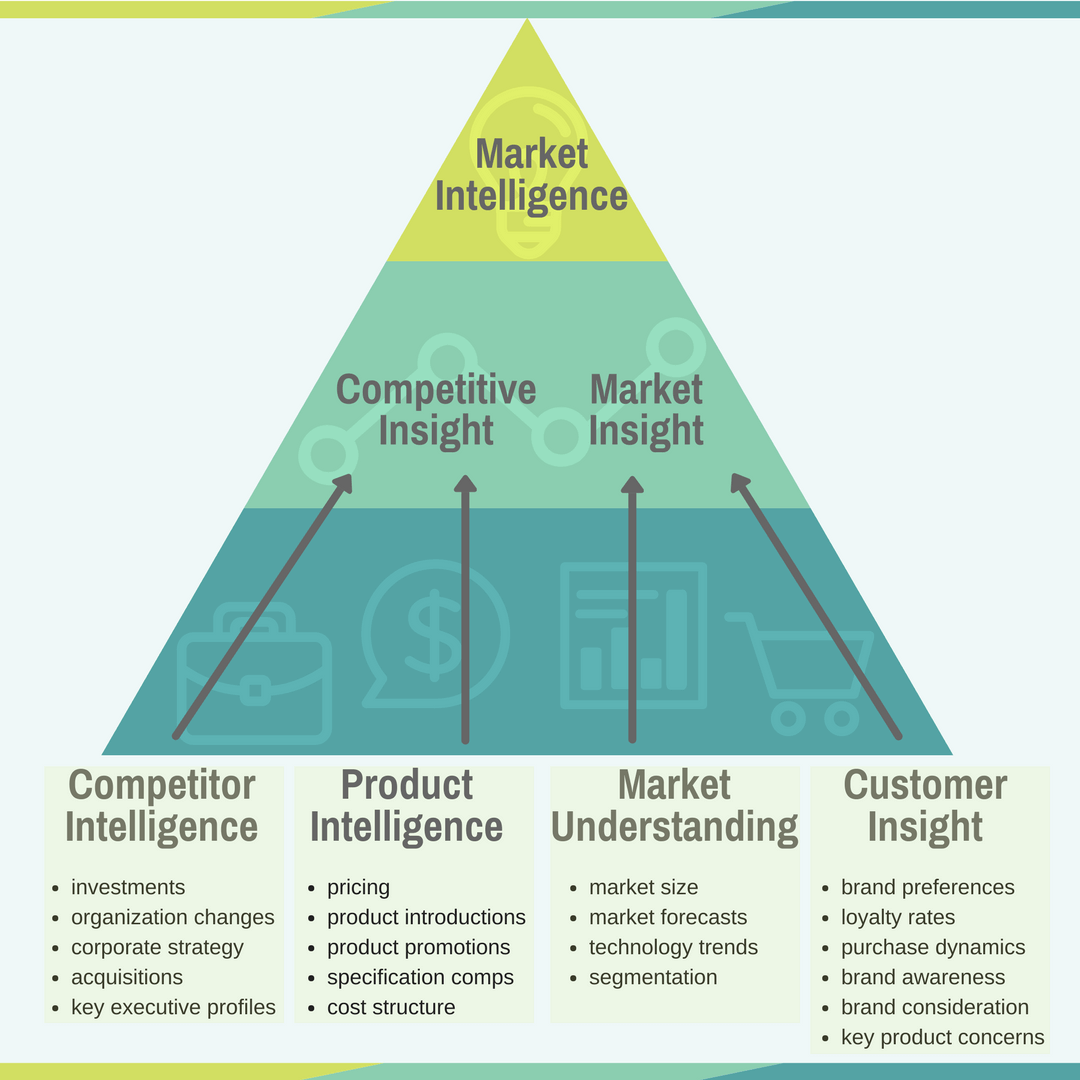Many of the Big Business advantages of scale can be overcome by small enterprises who embrace information technology. Through the strategic use of business intelligence and an understanding of the market and customer requirements, Small Businesses have an opportunity to provide customers with a level of service that Big Business can't match. Here's a look at the history and evolution of local business, and what the future holds for possible small business transformation.

Thriving small businesses throughout the United States providing high levels of service and forming the bedrock of local communities.
However, despite friendly and personal service, high prices and limited choices open the door for a transformation that was to decimate many traditional local businesses in the United States.
The “Wal-Mart Effect” occurs as giant companies enter local communities and eliminate small business owners who simply can’t compete on price. There are short-term advantages to local communities as costs came down and the range of product choice expands. However, money starts to leave local markets, unemployment and under-employment rises, and the local communities start to stagnate.
Under increasing pressure from their Wall Street masters, the behemoth companies cut costs and reduce customer service. There are increasing levels of customer dissatisfaction combined with rapid change in buying habits as more and more shopping is conducted online. The brick and mortar assets of traditional retailers start to become liabilities.
The door has been opened for another transformation. Consumers are increasingly dissatisfied with being taken for granted and the lack of any personal attention.
In combination with the increasing understanding of the role small business plays in a healthy economy, and the availability of advanced information technology that’s user friendly and low cost, small business can start to offer everything Big Business has and complement it with personal service.
Big Business simply can’t react quickly enough – smaller, more flexible enterprises leveraging information technology, market intelligence, and providing customers with personalized service and attention, gain traction in local markets. Legacy businesses face uncertain outlooks as brick and mortar assets are utilized less and less.
Small businesses are able to effectively transform themselves into “virtual” businesses and focus on aligning customer needs to an infinite range of products available from all the leading global manufacturers.
World-class global enterprises dominate manufacturing, but tech-savvy small businesses dominate distribution in local markets. Leveraging technology, the risk of inventory obsolescence is eliminated. Fast delivery is enabled from the ecosystem's multiple distribution facilities, with visibility assured from the Platform Data Hub. Customer choice is unlimited and manufacturers' commitment to the Platform Hubs is unavoidable to ensure their products have the opportunity for resale.
The balance of power in the business relationships have been transferred to consumers and resellers and behemoth retailers are eliminated from the value-chain.

It isn't a given that every small business will benefit. Only businesses that embrace technology will be positioned to provide the level of service and range of products consumers have come to expect. For these businesses there’s a rich hunting ground of opportunity!